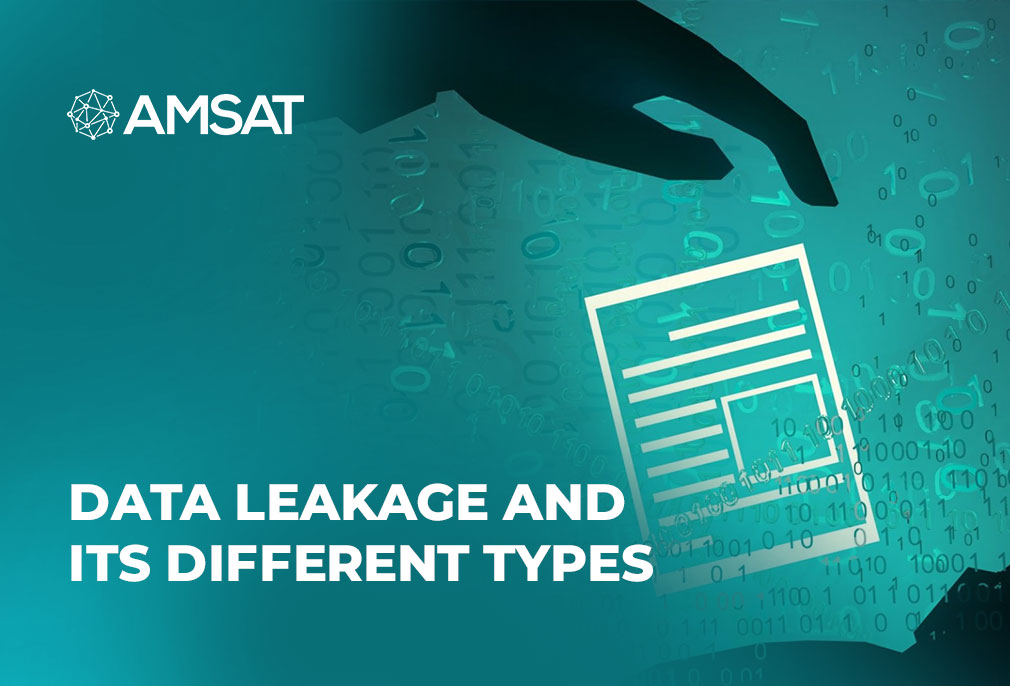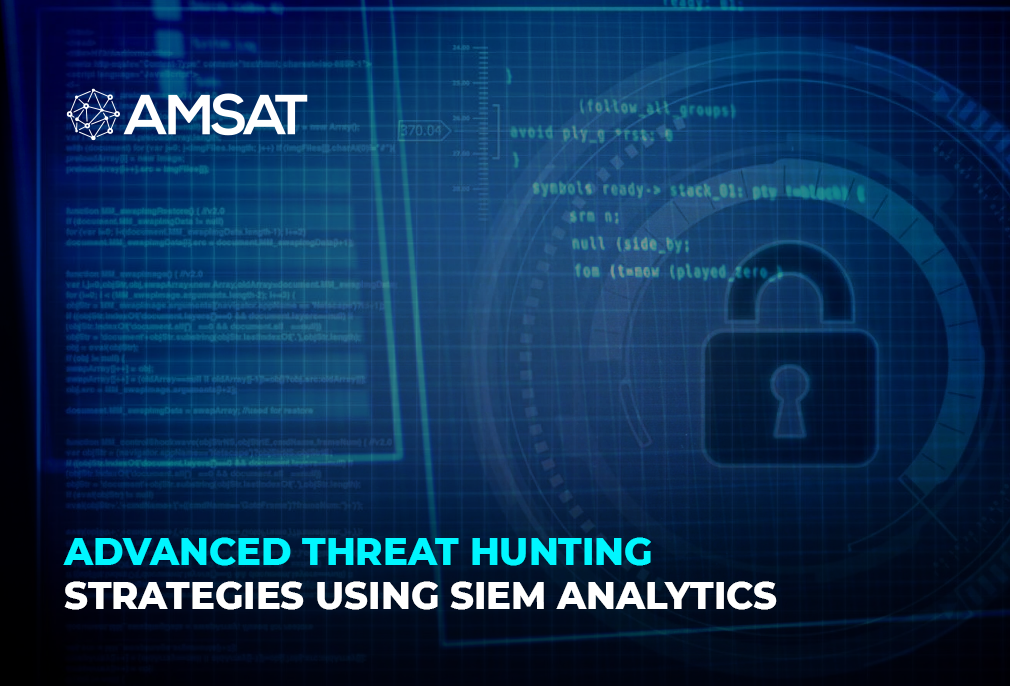Latest Blogs

By AMSAT Jan 18,2021
Data Leakage and Its Different Types: A Holistic View
Data leakage is the unlawful transmission of data from within an enterprise to an external place or recipient. And it can be done by simply remembering what was seen, by physical elimination of tapes, disks and reports or by subtle means such as data hiding. Data leakage threats typically take place through the internet and email, but can also occur through mobile data storage devices such as USB keys and laptops.
In today’s volatile technological world, confidential data breaches have become quite prevalent, hitting organizations, large and small, quite frequently. Data leakage is a massive problem for data security, and the damage inflicted on any organization, large or small, can be grave. From declining revenue to a tarnished reputation or massive financial penalties to crippling lawsuits, this is a threat that any organization will want to protect themselves from.
Types of Data Leakage
Many different types of data leakage exist and it is significant to appreciate that the problem can be initiated through an external or internal source. Here are some of the most common types of data leakage.
The Accidental Breach
Almost 75pc of security experts admit to accidental internal breaches at their organization, but the good news is that most of data leakage events are accidental. For instance, an employee may inadvertently choose the wrong recipient when sending an email containing private data. Sadly, such data leakage can still lead to the same problems and credibility issues as they do not alleviate legal obligations.
The Resentful or Ill-Intentioned Employee
Data leakages are believed to be about data held on pilfered or misdirected laptops or data that is leaked over email. Nevertheless, the huge majority of data loss does not happen over an electronic medium; it takes place through printers, cameras, photocopiers, detachable USB drives and even dumpster diving for superfluous documents. While an employee may have signed an employment agreement that efficiently indicates trust between employer and employee, nothing can stop them from later leaking private information out of the building if they are discontented or promised a heavy payout by cybercriminals. This type of data leakage is often referred to as data exfiltration.
Electronic Communications with Malevolent Intent
Several organizations give workers access to the internet, email, and instant messaging as part of their role. The problem is that all of these mediums are able to file transfer or access external sources over the internet. Malware is often used to target these mediums and with a high success rate. For example, a hacker could quite simply spoof a genuine business email account and request important information to be sent to them. The user would inadvertently send the information, which could comprise financial data or sensitive pricing information. Phishing attacks are another cyber-attack technique with a high data leakage success rate.
Data Leakage Prevention
Since the threat is real, it needs serous data leakage prevention. Data loss prevention (DLP) is an approach that ensures end users are not able to send private or delicate information outside of the organizational network. These approaches are likely to involve a blend of user and security policies and security tools. These software solutions allow managers to set business rules that pigeonhole private and sensitive information so that it cannot be revealed maliciously or inadvertently by unauthorized end use. AMSAT’s DLP solution lets you determine and control all delicate data easily and recognize your chanciest users in a few moments, giving you granular control over the data that is important without impacting output or progress. Data security protection is key to a company’s existence, and it can only ignore it to its own detriment.
TAGS
- Infrastructure Security
- Security Updates
- Data Security
- Data Protection Solution
- Endpoint Security
Recent Blogs
Ready to Get Started?
Our specialists are ready to tailor our security service solutions to fit the needs of your organization.









